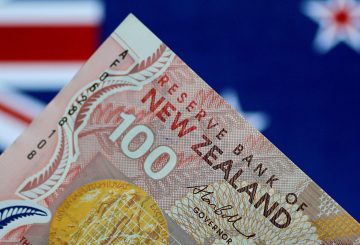연금 비용이 계속 상승함에 따라 뉴질랜드에서는 연금 수급 연령에 대한 검토 요청이 접수되고 있습니다.인포메트릭스의 수석 이코노미스트인 브래드 올슨 (Brad Olsen) 은 연금 문제가 너무 오랫동안 무시되어 왔으며 이제 자격 연령 상향을 고려할 때라고 말했습니다.Olsen은 인구가 계속 고령화되고 더 많은 사람들이 연금 수급 자격을 갖게 됨에 따라 연금 비용이 증가하고 있다고 강조했습니다.현재 뉴질랜드 연금 비용은 557억 달러이며, 이 수치는 향후 몇 년 동안 증가할 것으로 예상됩니다.Olsen은 뉴질랜드가 정부 지출에 대한 압력을 줄이고 다른 필수 서비스에 자금을 지원받을 수 있도록 자격 연령을 높이는 것을 고려해야 한다고 말했습니다.
은퇴자 위원 제인 라이트슨 (Jane Wrightson) 은 연금 수급 가능 연령이 높아지면 여성, 마오리 및 태평양 사람들에게 불이익이 될 것이라고 말하면서 이러한 제안에 동의하지 않습니다.Wrightson은 현재의 연금 수급 가능 연령을 그대로 유지하거나 그러한 변경으로 인한 불가피한 불평등을 줄이기 위해 보다 복잡한 시스템을 고려해야 한다고 제안합니다.
경제협력개발기구 (OECD) 는 또한 뉴질랜드가 부채 수준을 유지하기 위해 연금 수급 자격 연령을 높일 것을 권고했습니다.뉴질랜드의 인구 고령화로 인해 이 제도는 점점 더 비싸질 것입니다.
퇴직연금에 대한 논쟁은 프랑스의 은퇴 연령 변경 제안에 대한 프랑스의 시위와 폭동의 여파로 시작되었습니다.엠마누엘 마크롱 대통령이 하원 토론을 건너뛰기로 한 결정은 은퇴 연령을 62세에서 64세로 인상하는 개혁에 대한 비판으로 이어졌습니다.뉴질랜드에서는 현재 은퇴 연령이 65세로 설정되어 있습니다.





























































